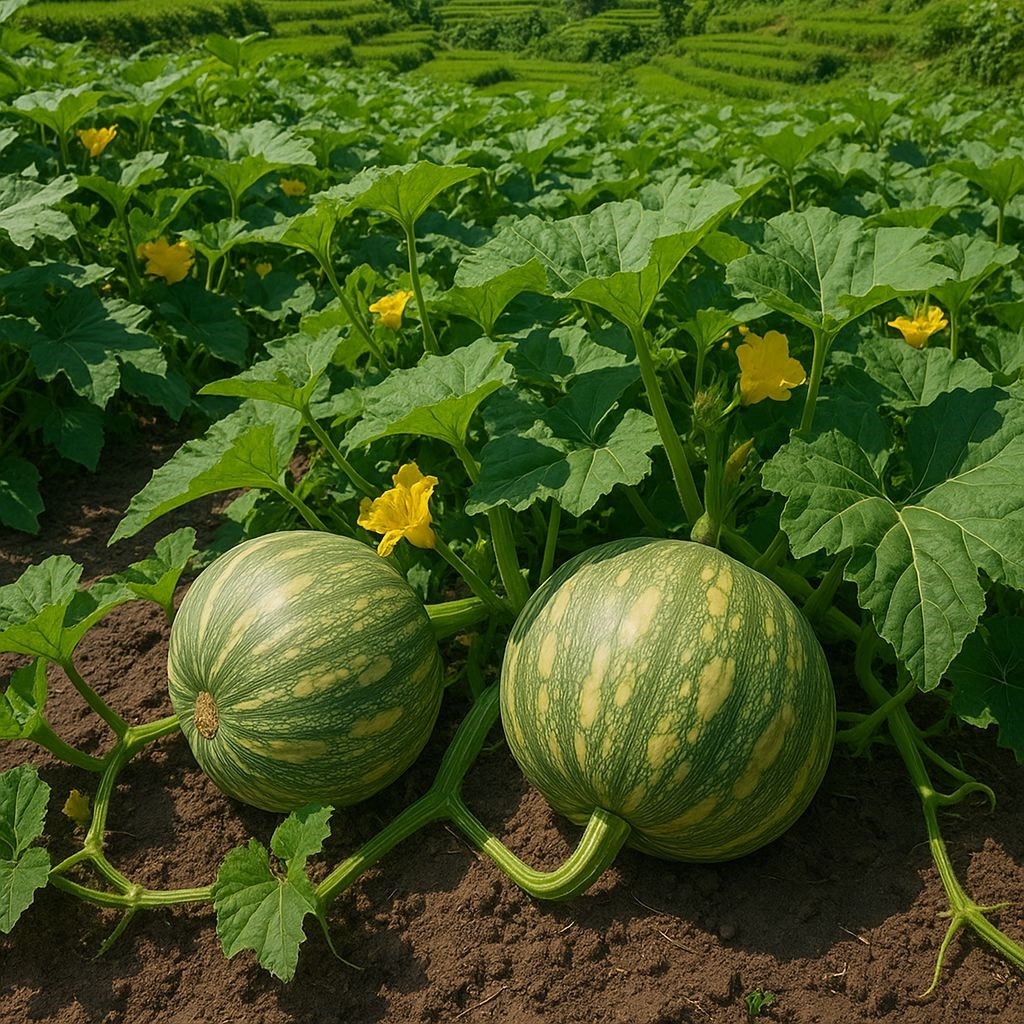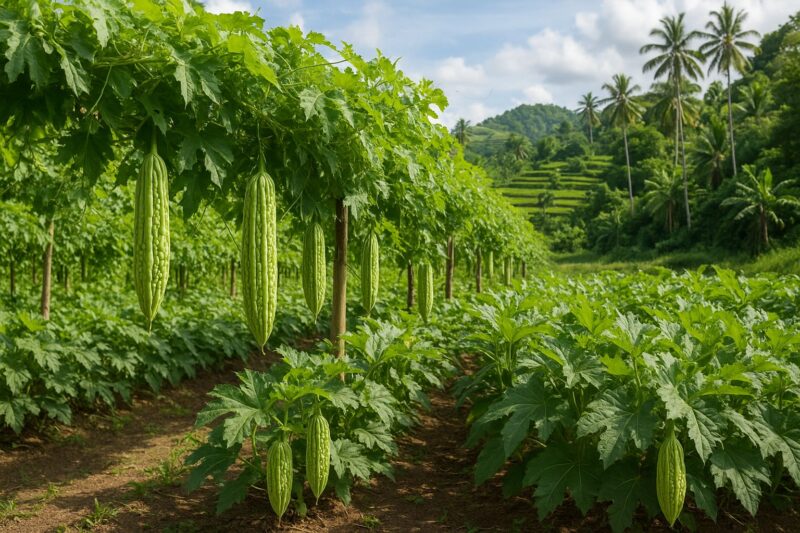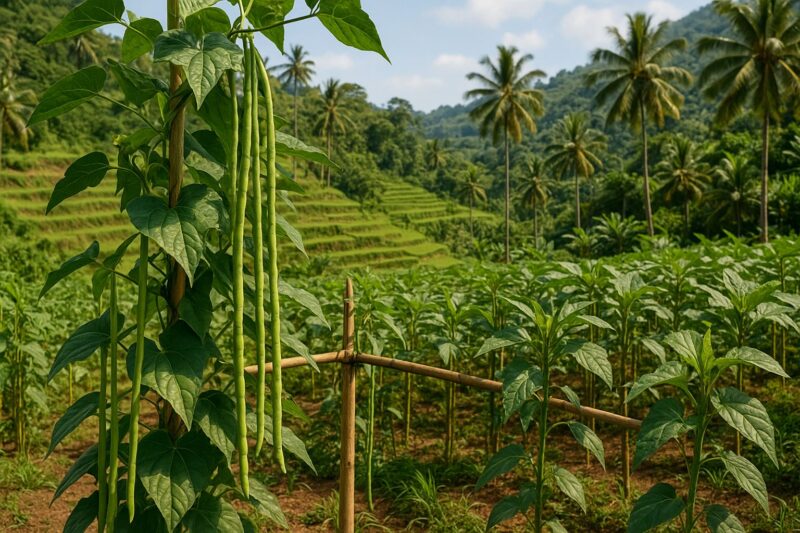Squash—kalabasa—feels like an old friend in Filipino kitchens, from creamy kare-kare in Pampanga to hearty tinola in Quezon Province. The sprawling vines, broad leaves, and golden, football-sized fruits promise generous harvests, yet under tropical conditions they demand a bit of planning. After several seasons of nurturing kalabasa patches in Bulacan, with tips from growers in Cavite, Laguna, and even rooftop gardener friends in Manila, I’ve distilled what seems to work nationwide.
Variety selection sets the stage. The traditional green-skinned, orange-fleshed “common” squash thrives in lowland heat and floods our markets from Mindoro to Mindanao. But I also experiment with bush types—compact vines that suit small plots or large containers on balconies. Last year in Bulacan, my bush squash yielded fruits in eighty days, while the sprawling heirlooms took closer to a hundred. Each has a place depending on space and timing.
Soil preparation cannot be rushed. Squash vines demand rich, friable soil with excellent drainage. In clay-heavy areas like parts of Bulacan or Pampanga, I blend in two wheelbarrows of homemade compost per ten square meters plus rice hull ash to lighten the mix. Coastal sandy soils, common in Iloilo and Cebu, benefit from added coconut coir or aged chicken manure to retain moisture. Aim for pH between six and seven; a quick soil test kit from a local agricultural center can guide your amendments.
Timing your planting to coincide with the early rainy season—June to July—ensures young vines get regular moisture without risk of seed rot in overly soggy beds. In cooler upland zones, such as Benguet or Bukidnon, growers often wait until December to avoid chillier nights that can stunt seedlings. In my Bulacan garden, I start seeds indoors in late May, then transplant seedlings with two to three true leaves when evening temperatures remain above twenty-two degrees Celsius.
Vine management is part art, part sculpture. Traditional sprawling vines can occupy a large footprint—up to three meters per plant—so I train them along simple wire frames or bamboo stakes. This vertical approach improves airflow, reducing powdery mildew in our humid months, and makes harvest easier. Bush varieties, by contrast, need no supports but work best with a richer soil base since their roots can’t roam far.
Feeding your squash comes down to steady nutrition. At planting, apply a base dressing of compost in the planting hole, along with a tablespoon of bone meal for phosphorus. Once vines reach about half a meter in length—roughly three weeks later—I side-dress with decomposed chicken manure or an organic balanced fertilizer. Too much nitrogen at this stage can result in luxuriant foliage and fewer blossoms; keep a mental note of leaf growth versus flower production.
Pollination deserves attention. Squash has separate male and female flowers—the first blooms tend to be all male, so resist the urge to snip early flowers. Once both appear, hand-pollination ensures fruit set: gently transfer pollen from a male blossom (long stem, no small fruit behind) to the stigma of a female flower (short stem with tiny ovary). Morning—when flowers open—is prime time. In my experience, a few strokes of a soft brush guarantee better yields, especially in gardens with few bees.
Water management requires consistency. Deep, infrequent watering—early each morning—encourages roots to explore downward. Mulch with rice straw or dried leaves to retain moisture, suppress weeds, and moderate soil temperature. In containers or elevated planters—common in urban Bulacan and Manila—I water daily during dry spells, always checking by feel that soil remains slightly moist but not waterlogged.
Pest and disease monitoring is crucial. Squash vine borers can decimate stalks from within; I wrap the base of each stem with a strip of aluminum foil as a simple barrier. Aphids and whiteflies may appear on underside of leaves; a gentle mist of neem oil or garlic-chili infusion keeps them in check without harming beneficial insects. Powdery mildew, appearing as white patches on leaves, responds to a spray of diluted cow’s milk in early stages, a trick I picked up from a Cavite cooperative.
Harvest arrives eight to twelve weeks after sowing, depending on variety. Look for fruits with dull—not shiny—rinds and hollow thuds when tapped lightly. A firm stem, one to two centimeters thick, also signifies maturity. Cut each fruit from the vine with a short stem attached; leaving that handle extends storage life by preventing moisture loss. In my Bulacan storage corner—a cool, ventilated shed—squash keeps well for two to three months, offering a backup food supply during leaner times.
One season, after an unexpected June typhoon flooded my Bulacan field, I feared rot. By rapidly shifting vines to raised mounds and pruning damaged leaves, the plants recovered and yielded a late but abundant harvest in September. That resilience underlines why kalabasa remains a cornerstone for sustainable growers—from backyard gardeners in Laguna to smallholders in Palawan.
Whether you cultivate sprawling heirlooms in open fields or compact bush types in containers, mastering soil health, vine training, balanced feeding, consistent watering, and attentive pest checks will bring reliable, nutritious harvests of kalabasa across the Philippines. It’s a crop that, with a little care, rewards you again and again.
I’m open for consulting and speaking opportunities on sustainable vegetable production and agribusiness nationwide. Let’s grow together.
#Kalabasa #Squash #PhilippineFarming #SustainableAgriculture #UrbanGardening #ConsultingAvailable #SpeakingOpportunities




